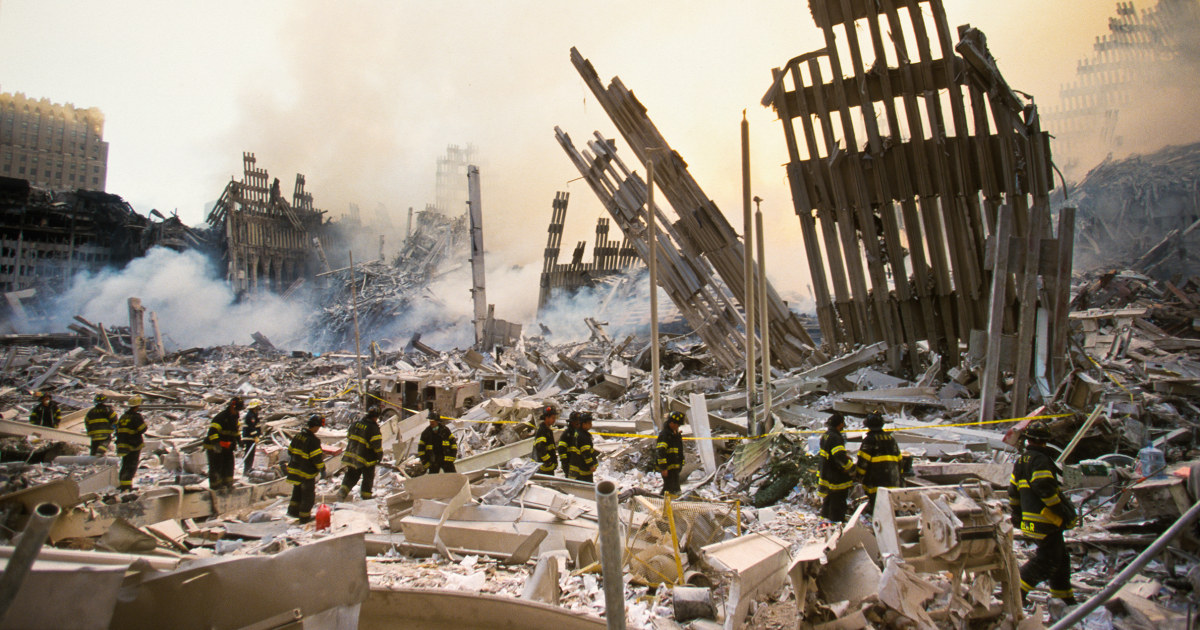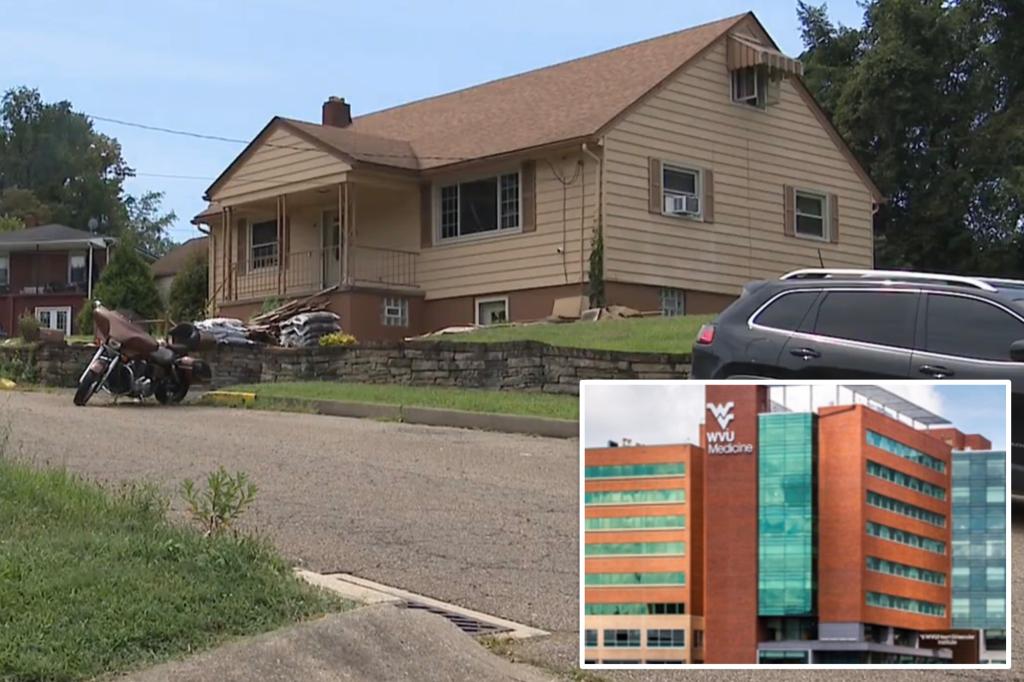Rising Sea Levels: A Global Challenge for Coastal Communities
As climate change accelerates, rising sea levels pose a significant threat to coastal communities worldwide. Numerous studies indicate that by 2050, nearly 300 million people could be living in areas that will be submerged due to higher tides. This urgent issue demands immediate attention from governments, scientists, and citizens alike.
The Statistics Behind Rising Sea Levels
According to a report by the Intergovernmental Panel on Climate Change (IPCC), sea levels have risen approximately 8 inches since 1880, with projections suggesting an increase of up to 2.5 feet by the end of the century if current trends continue. The primary drivers of this alarming trend are the melting of glaciers and polar ice sheets, combined with the thermal expansion of seawater as it warms.
Dr. Emily Martinez, a climate scientist at the National Oceanic and Atmospheric Administration (NOAA), states, “The data shows that rising sea levels are not just a future concern; they are affecting communities today. Areas like Miami and New Orleans are already experiencing frequent flooding, which is only expected to worsen.”
Impacts on Coastal Communities
Coastal cities worldwide are bracing for the impact of rising sea levels. For instance, in the United States, cities like Miami, San Francisco, and New Orleans face an increased risk of flooding and erosion. In Miami alone, high tide flooding has doubled since 2006, leading to significant infrastructure costs and disruptions to daily life.
- Economic Costs: In the U.S., the National Oceanic and Atmospheric Administration estimates that rising sea levels could result in $1 trillion in property damage by 2100.
- Displacement: Globally, it is projected that 1.2 billion people may be displaced by 2050 due to rising sea levels.
- Ecological Impact: Coastal ecosystems, such as marshes and mangroves, are also at risk, which can lead to loss of biodiversity and increased vulnerability to storms.
Global Responses to the Threat
Many nations are beginning to take action against rising sea levels, implementing adaptation and mitigation strategies. The Netherlands, renowned for its innovative water management techniques, has been a leader in combating sea level rise through the construction of dikes and innovative flood control systems.
Moreover, cities like Venice have initiated the MOSE project, designed to protect the city from high tides through a series of barriers that can be raised when sea levels rise. “Investing in resilient infrastructure is crucial,” notes urban planner Sara Johnson. “Without it, we risk losing not just homes, but entire communities.”
Community Involvement and Adaptation Strategies
While governmental initiatives are essential, community involvement is equally critical in addressing rising sea levels. Grassroots organizations are mobilizing citizens to engage in local climate action, advocating for sustainable practices that reduce carbon footprints. Here are some strategies communities can adopt:
- Restoration of Natural Barriers: Planting mangroves and restoring wetlands can help protect shorelines from erosion.
- Education and Awareness: Hosting workshops to educate residents about climate change impacts and sustainable practices.
- Community Resilience Planning: Developing local plans that prioritize vulnerable populations and infrastructure.
The Future Outlook
The future of coastal communities hangs in the balance as climate change continues to threaten their existence. Experts agree that immediate action is necessary to curb emissions and adapt to the changing environment. “It’s not too late,” asserts Dr. Martinez. “We have the tools and knowledge to make a difference, but we must act now.”
Policymakers and citizens alike must collaborate to create sustainable solutions that not only protect coastal areas but also address the underlying causes of climate change. The stakes are high, and the time for action is now.
Conclusion
As rising sea levels present a growing challenge for coastal communities around the globe, it is imperative that we take collective action. Governments, scientists, and citizens must work together to implement effective strategies that will mitigate the impacts of this pressing issue. To learn more about how you can contribute to climate action in your community, visit local environmental organizations or participate in upcoming climate awareness events.



